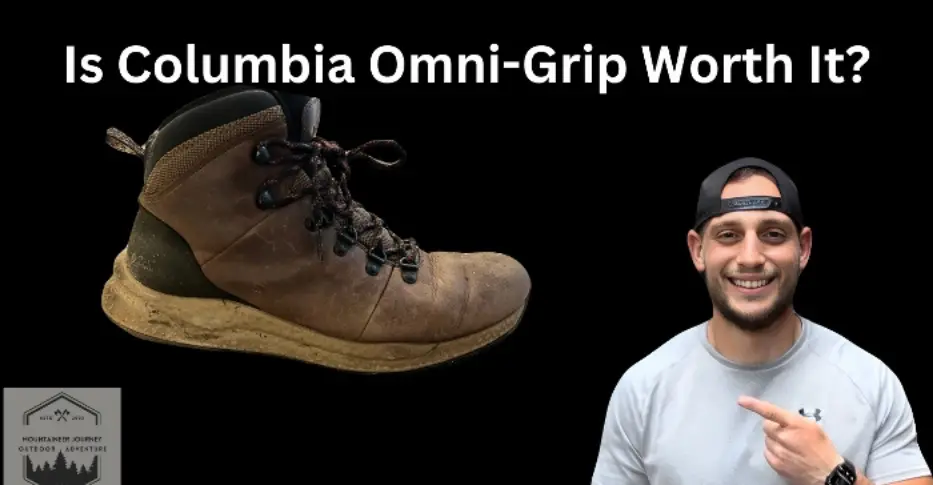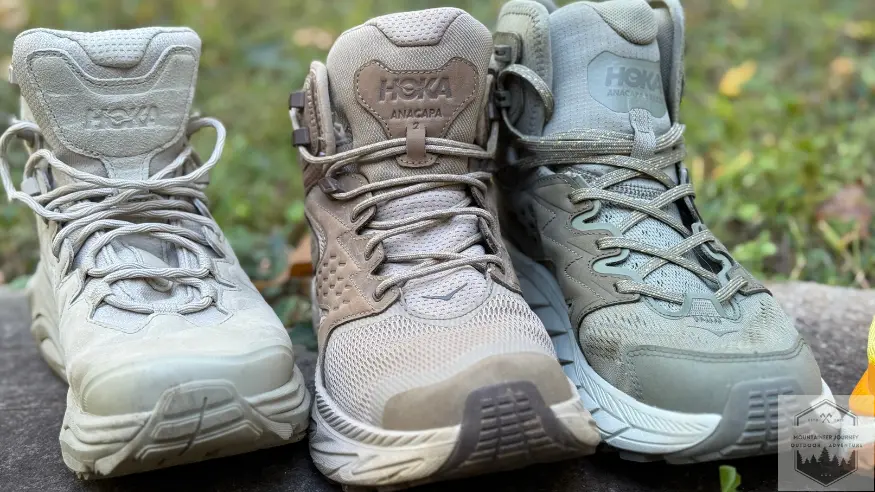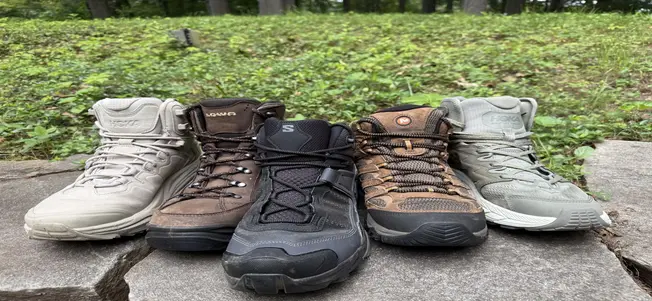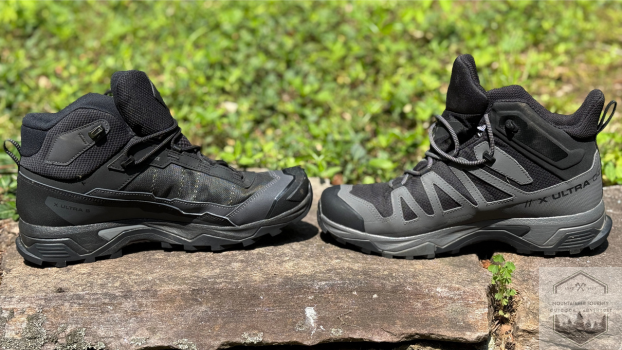EVA Soles Tested & Reviewed | Are They Worth It?

This article I will give my HONEST EVA sole review, how it works, and whether it’s worth it. At the end of the article, I will be giving my honest opinion and personal experience with EVA soles.
I have tested many hiking boots with the EVA sole including:
Hoka Kaha 2, Hoka Anacapa 2, and Merrell Moab 3.
What we Like
- Comfortable
- Lightweight
- Flexible
What We Don’t
- Moderate Shock Absorption
- Decent Durability
What is an EVA sole?

EVA is short for Ethylene Vinyl Acetate, which is a lightweight foam compound made for the soles of many popular shoes and boots. Eva soles have several key features, including being lightweight, durable, excellent shock absorption, and arch support.
Many popular shoe brands, hiking boots, and everyday footwear use EVA soles. For the purposes of this article, we will be sharing our personal experience with EVA soles in hiking boots.
Another competitor to the EVA sole is polyurethane, a material known for its heavier weight and stiffness. The polyurethane sole is also slightly more expensive.
How Do EVA Soles Work?
EVA soles are known to be flexible, which helps them conform to the shape of the user’s foot. This helps maintain a tight fit, allowing for even pressure distribution while walking or running. While the foot strikes, the foam helps absorb the user’s weight.
When discussing the flexibility versus stiffness of an sole, the ability of hiking boots to withstand rough terrain can present a paradox. More flexible soles tend to conform too much to the rough terrain surfaces, thereby reducing traction.
A sole that is more stiff does not conform to the surface, so it holds traction against uneven terrain. In contrast, an sole that is more flexible is generally more comfortable because it’s able to adapt to the shape of the foot. Because it is less forgiving, a stiff sole is known to cause pain and discomfort.
Are EVA Soles worth it?
I must say the EVA sole is very forgiving and flexible, which aids in comfort during long treks and hikes. They offer decent shock absorption.
Many of the hiking boots I personally tested have excellent outsoles to begin with, such as Vibram or Contagrip, which are amazing at shock absorption; therefore, it is difficult to tell how well the sole is working in terms of shock absorption.
I must say these are some of the best soles for pressure distribution. While hiking, I did not feel any hot spots or areas of over-compression. In my opinion, these soles are definitely worth it.
My Experience with EVA Soles
While testing my hiking boots with the EVA sole, I came across multiple areas of uneven, rough terrain. The forgiving nature of the EVA sole did make it tough to hold traction on some of these surfaces; however, the comfort is undeniable.
The EVA sole is thin, so I was skeptical it would be comfortable. To my surprise, I find the EVA sole to be one of the most comfortable soles currently available. In terms of durability and wear and tea.
EVA Sole Durability
I noticed that some of my EVA soles started to lose their comfort and shock absorption after a year or around 150 miles of hiking. If you are an experienced hiker who goes out every weekend, I recommend changing your soles approximately every year or year and a half.
Overall, I had a wonderful experience with the EVA sole and would recommend it to hikers all around.
Frequently Asked Questions
What are the benefits of EVA soles?
EVA soles are known to be lightweight, durable, and comfortable. The makeup of these soles are very thin yet have very subtle comfort. They also are more cost effective than most soles on the market.
How long do EVA Soles typically last?
This depends on the user, how much they weigh, the type of activity and how many miles they travel on their hiking boots. Users online claim they can last over 600 miles however, in my personal experience my EVA soles only last 150 miles.
What are the signs that my EVA soles need to be replaced?
Once you begin to feel the sole is “flat” and does not have the plushness you first felt when you purchased them that’s a sign to replace them. Personally, when I notice the sole is no longer conforming to my foot shape is a sign to replace them as well.
How We Personally Tested And Our Methodology
I personally tested the EVA sole on many different hiking boot brands with the sole intent of giving you the most unbiased review possible. Mountaineer Journey is a 100% independent publisher with years of testing and reviewing outdoor equipment.
We currently purchase the products we test with our own money, and are not paid by any company or manufacturer to influence our opinions or decisions.
Adventure Awaits,
Tyler






